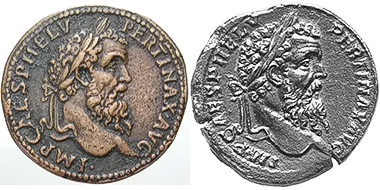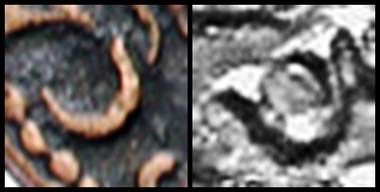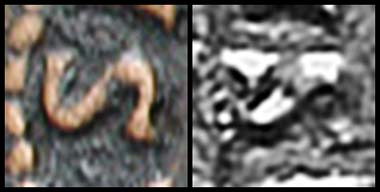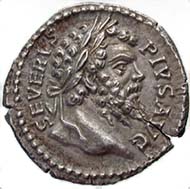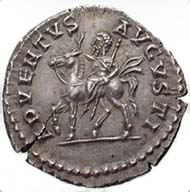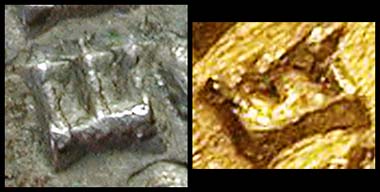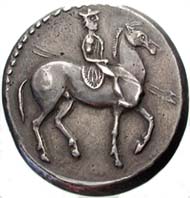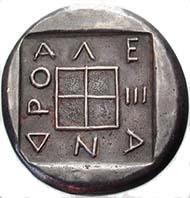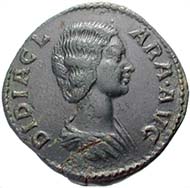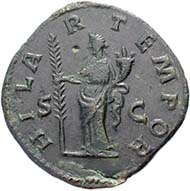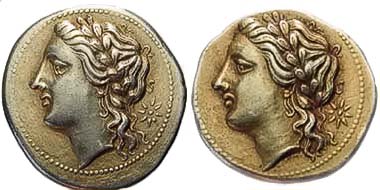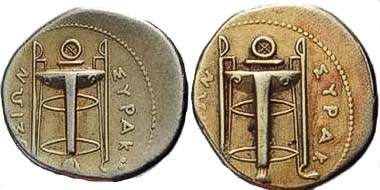by courtesy of the IBSCC
Part 1: Counterfeits from newly cut dies
Each collector of coins who doesn’t buy exclusively at coin dealers who guarantee for the authenticity of their sold coins (like for example all members of the IAPN do) has to be concerned about buying fakes.
Especially the internet offers a platform to a lot of self appointed specialists who give their opinions on the authenticity of coins without being asked, and, what is much worse, without even having physically examined the very coin. They do not care about scientific argumentation and they make feel those collectors insecure who are not trained to detect fakes. Therefore the IBSCC wants to offer a short guideline how to recognize “simple” fakes oneself. Estimated more than 90% of all fakes offered belong to the group of fakes you can detect with the methods described.
Basic requirement for a responsible judgement on a coin are two essential requirements:
1.) You have to have a coin within your own hands. A judgement based only on a photo can’t be final.
2.) For an examination of a doubted coin you will need a certain sort of magnifying glass. We recommend to buy a magnifying glass with the highest enlargement you can get. Members of the IBSCC for example use magnifying glasses which enlarge details of coins 15 times the original size.
Fig. 1 and 2: On the left the Paduan – on the right the original from the Bally Collection, Münzen und Medaillen AG, Basel 93 (2003), 200
Counterfeits from newly cut dies
Let’s begin with forgeries from the past. Imitating coins began as soon as collecting started. When interest in ancient coins emerged and grew in Italy during the Renaissance, immediately some craftsmen were willing to deliver the demanded coins. At that time nobody called this forgery. The just finished coin imitating the ancient models was admired just like the original ancient coin. Therefore Giovanni da Cavino from Padua who gave the name to this kind of forgery, the Paduans, was a reputable master craftsman, an honor to his craft. He served as expert in arguments within his guild and he would be shocked, if he knew that we consider him the father of counterfeiters. Fig. 1 shows a very well executed example of his work, a sestertius of Pertinax you can compare here as a picture with an original from the Bally collection (fig. 2).
Fig. 3 and 4: The C – on the left the Paduan – and on the right the original
Giovanni da Cavino was a very skilled craftsman. His fakes were and are technically perfect, because he did exactly the same what his predecessors the ancient die engravers and mint employees did when minting a coin. He engraved the die and then he had minted his imitation with a hammer. But this is exactly what gives us the possibility to recognize this kind of fakes. Whenever a new die is cut, this new die will differ from the original dies in details – unimportant details and more important details. Please look at the form of the letters on both pieces. The best example are the C and the S in the obverse inscription. You will see that the letters of the ancient sestertius were made by a tool with a triangular cross section. At the beginning of the line of the S you will see a triangular deepening, where the graver has been applied. A similar triangular deepening is to be seen at the end of the S.
Fig. 5 and 6: The S – on the left the Paduan – and on the right the original
You will recognize the same appearance at the C. Each letter is not a simple line, but a line that becomes thicker and thinner, deeper and less deep. When you compare the original of the coin to the Paduan made by Cavino you will see that the letters are not formed in the ancient way. All lines of the letters are thin and fine, without becoming thicker at the end. This peculiar form of the letters would be argument enough to condemn the coin of Cavino.
Fig. 7: A modern fake of a denarius of Septimius Severus
Not only renaissance counterfeiters had problems in imitating the letters on Roman coins. Looking at how the letters on a coin are formed is one of the basic examination methods one can apply. Fig. 7 shows a fake that was produced very recently. It belongs to the group of forgeries that are called “Bulgarian forgeries”. The coin should be a denarius of Septimius Severus and the counterfeiter carefully studied ancient coins in order to get it right. The counterfeiter tried to imitate the way Roman letters are formed, but the result is not very convincing. The letters are much too stiff. Our counterfeiter realized that the starting point of each line of a letter is deeper and broader than the rest of the line. But he didn’t realize that the Roman mint had changed its method of engraving coins at that time. The letters were not longer engraved letter by letter, but punched into the die. Therefore the letters look different. Especially the E looks funny with its horizontal lines that are much too long (fig. 8) compared to original pieces of that period (fig. 9).
Fig. 8 and 9: On the left the fake, on the right the original
With the help of the old Cavino fake we found one characteristics of a coin that has to be looked at very carefully – the letters of the inscription and the way those letters are made. But please always think of comparing a dubious coin with an original from the period and the region. The way engraving was handled differs in ancient times.
Of course not only the style of the letters is an argument for the authenticity of a coin. Also the style of the picture on the coin is decisive. But judging the style of a picture is very difficult. You need a good eye and a lot of experience to be able to condemn a coin because of stylistic reasons. Even archeologists whose profession it is to think about style have made mistakes from time to time, when they were confronted by a coin from a mint that is located at the borders of the classical world. If there is not enough material you can use for comparison, there will be not enough good reason to condemn a coin.
Fig. 10: Fancyful fake of an octodrachm of Alexander I of Macedonia
Here you will find three coins that can be identified as fakes by their style. They range from simple to difficult. The first coin was planned to imitate an octodrachm of Alexander I, king of Macedonia (fig. 10). The style is completely wrong. It is so wrong that one could think for 10 seconds that it might be a Celtic imitation, because he could not believe that a counterfeiter would try to sell such a crude piece.
Fig. 11: Fake of a sestertius of Didia Clara
The sestertius of Didia Clara is a little bit more dangerous (fig. 11). It has a wonderful green patina that could tempt a collector to take this coin for genuine.
Fig. 12 and 13: Two very dangerous fakes of a 25-Litra-piece from Syracuse
Fig. 12 and 13 show very dangerous forgeries from the end of the 19th century. The coins were intended to imitate a 25 Litrae piece of Electrum from Syracuse. If you saw only one of the two coins, you would need a very skilled eye in order to decide whether the style is good or not. Fortunately both pieces appeared within a very short period of time on the market. This does not automatically mean that the coins must be fake, but it is a reason for suspicion and a strong motive for a close examination of the coins in question.
The next part of our information will contain details of how to detect cast forgeries.
| IBSCC is the abbreviation for the International Bureau for the Suppression of Counterfeit Coins. It was founded in 1975 by the the International Association of Professional Numismatists (IAPN), a non profit organization of the world’s leading professional numismatic firms with 112 members from 23 countries. IAPN members unconditionally guarantee the authenticity of the coins they sell. |




